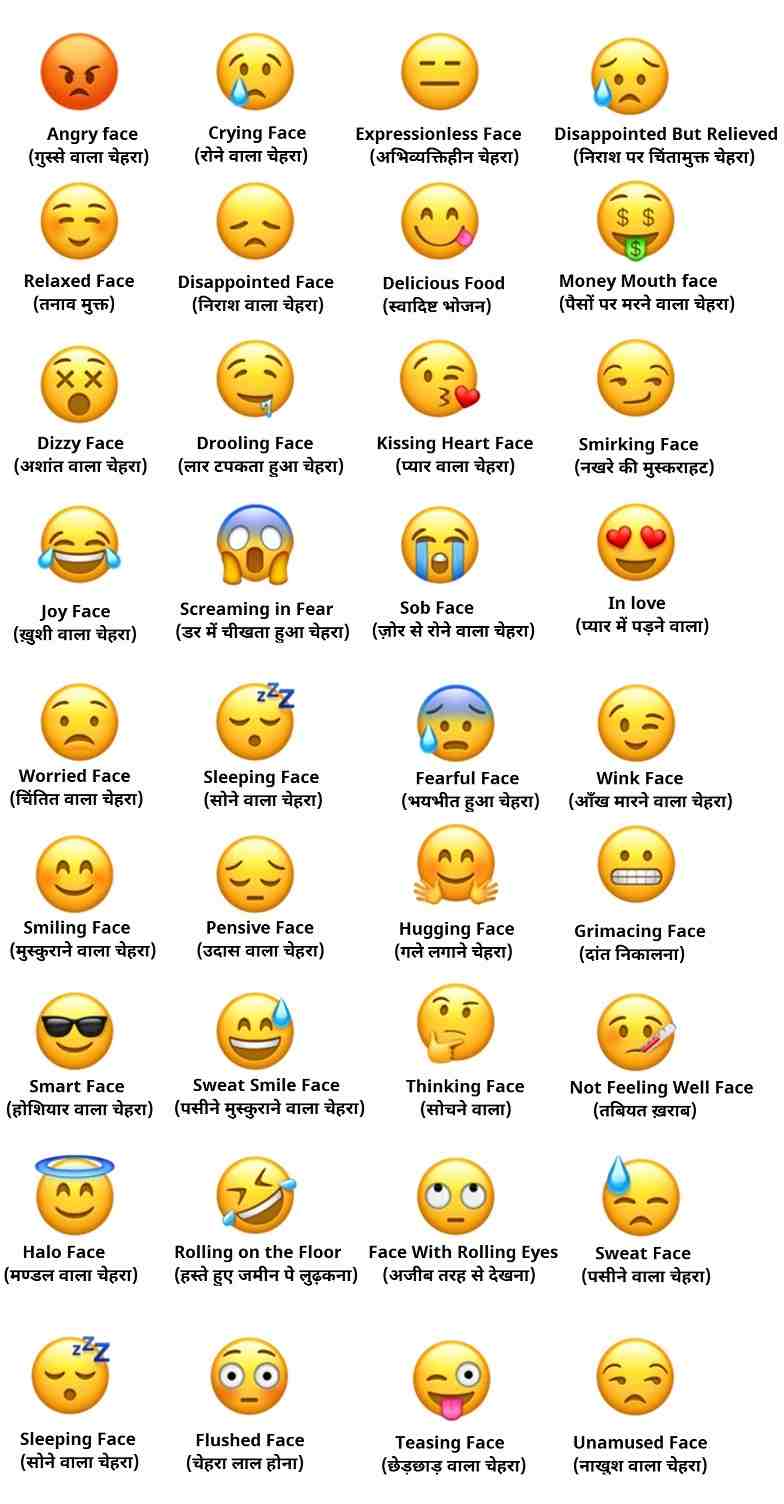Emoji Facts: In the world of Gen Z, you must be an avid user of emojis. Though, even if you are a regular texter, decoding certain emojis can be confusing. Understanding the emotion behind a certain emoji can leave you puzzled or asking the meaning of it could be embarrassing. Misinterpretation of emojis is widely common. Every year, World Emoji Day is celebrated on the 17th July. In 2015, the Oxford Dictionary declared an emoji ‘face with tears of joy’ as the word of the year.
This brings us to the burning question: Are you an expert on Emojis? Do you the history of the invention of emojis? What is the meaning of popular emojis? Let us explore these in depth.
What is an Emoji?
An Emoji is a pictogram, logogram, ideogram, or smiley embedded in the text. It is used in electronic messages and web pages. The primary aim of emojis is to fill up the emotion which might be lacking in plain words. Emojis have grown in numbers and types which include facial expressions, places, objects, animals, nature, food items, weather, etc. The terms emoticons and emojis are slightly different. The emoticons are pictorial representations of a facial expression using characters such as punctuation marks, numbers, or letters. While emojis are pictures represented as encoded characters.
The origin of the word emoji comes Japanese word e (絵, 'picture') + moji (文字, 'character'). Emojis originated on Japanese cell phones in 1997. During the 2010s, emojis became quite popular worldwide.
Also Read: Born in August? Know Interesting Personality Traits, Career, and Love Life Facts
Invention of the concept of Emojis
The emoji was a concept presented by computer scientist Scott Fahlman when he made the suggestion of using text-based symbols such as :-) and :-( to replace language. Fahlman’s concept was developed further by Japanese, European, and American companies during the 1990s.
In 1990, Microsoft released a font developed by Kris Holmes and Charles Bigelow known as Wingdings which enabled using pictographs in rich text messages. But the usage was limited to devices that had Wingdings installed on it.
In 1997, J-Phone was launched which contain 90 emojis, each measuring 12x12 pixels that included numbers, moon phases, weather, sports, etc. It was the Japanese phones that introduced the yellow-faced emoji and by 2004, there were around 40 million subscribers.
Between 2008 to 2014, mobile providers in Europe and the US started deliberating on introducing emojis. Google also started pushing to introduce a uniform emoji set. In August 2007, the first draft was taken into consideration by the Unicode Technical Committee (UTC) for the introduction of emoji into the Unicode Standard.
Google introduced emojis in Gmail in 2008. In the same year, Apple also released the first set of Apple Color Emoji. In the following years, the pressure increased to expand the availability of emoji keyboards beyond Japan. It was in 2011 that Apple made the emoji keyboard available outside Japan.
Also Read: Color Psychology: How Yellow Color Affects Your Mood?
Also Read: Personality Test: Your Favorite Color Reveals These Personality Traits
Popular Emojis Meaning Chart

Check out our personality tests below!
Also Read: Know 5 Body Language Gestures That Leave Bad Impression
Also Read: Personality Test: Your Eye Color Reveals These Personality Traits
Also Read: Blood Type Personality Test: What Your Blood Type Reveals About Your EQ, IQ, Career Choices
Also Read: Personality Test: Your Favorite Number Reveals These Personality Traits
Also Read: Personality Test: Your Standing position reveals these personality traits
Also Read: Personality Test: Your Foot shape reveals these personality traits
Comments
All Comments (0)
Join the conversation